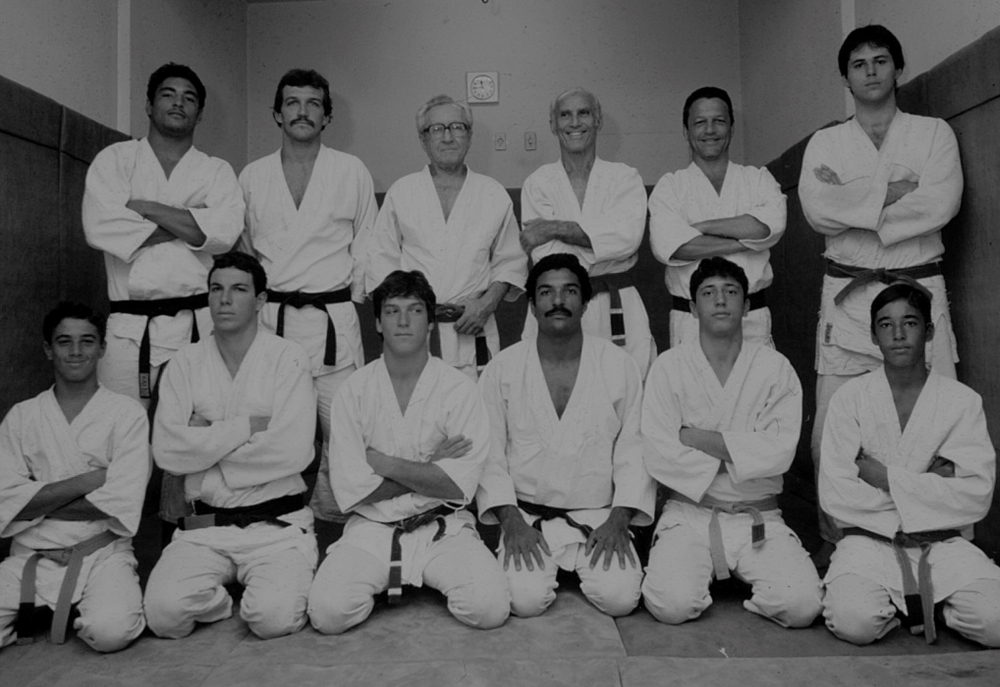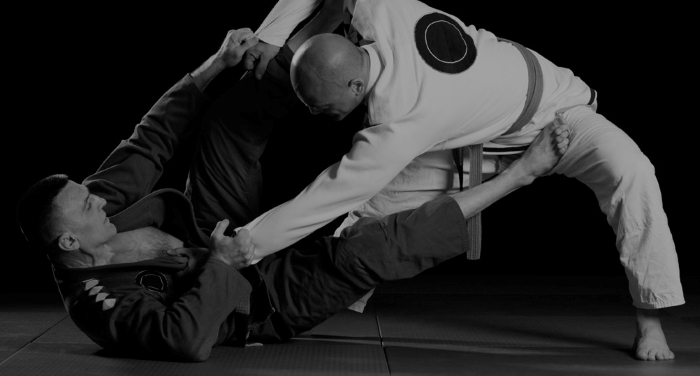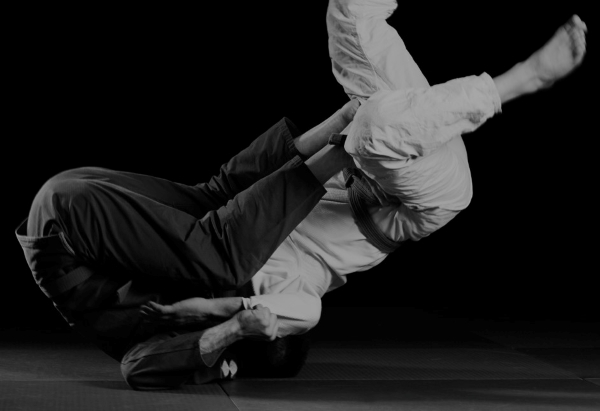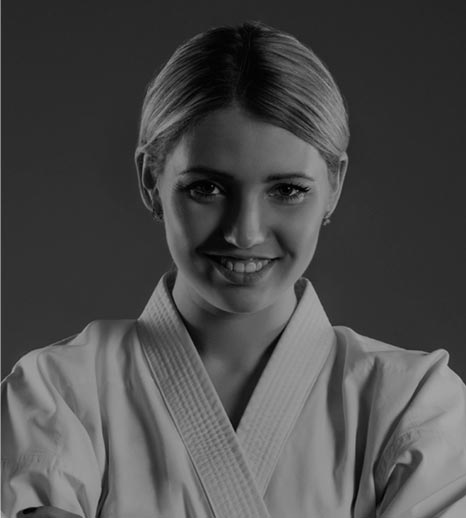ABOUT
A Brief History Of Brazilian Jiu-Jitsu
The origins of Brazilian jiu-jitsu may be found amongst the Buddhist monks of India, who developed techniques based upon balance and leverage of the body rather than pure strength or weapons.
From there it spread to China and Japan, where it was refined; in the early 1900s, it reached Brazil, where a man called Gastao Gracie enlisted a Japanese master of the art to teach his son, Carlos.
Carlos Gracie took well to the discipline, despite being a somewhat frail 15-year old. As well as embracing the personal improvement and the way of life it taught, he gained confidence and prestige by beating much larger opponents; and he soon began to teach classes around the country, returning to Rio in 1925 to open the ‘Academia Gracie de Jiu-Jitsu’.


Carlos helped refine the techniques by introducing sophisticated grappling, ground fighting and submission techniques to the Japanese version of jiu-jitsu; he also helped develop the ‘Gracie diet’ for better health.
This was the origin of the discipline which would become known as ‘Brazilian jiu-jitsu’ (BJJ) and which started to gain popularity.
BJJ went through many more refinements courtesy of Carlos and his brothers. An official governing body was set up to oversee its administration and international competitions are now common. Like judo, it has become a world-renowned sport as well as a martial art.
Different Froms Of BJJ
One of the basic differentiations in Brazilian jiu-jitsu is between ‘gi’ and ‘no gi’ grappling.
A ‘gi’ is the traditional Brazilian jiu-jitsu kimono that can be worn during a contest. It consists of heavy cotton drawstring pants with reinforced knees, and a heavy cotton jacket with a thick collar and a hem that is notched on either side.
‘No gi’ grappling is a modern version of jiu-jitsu, where the kimono is replaced with board shorts, rash guards, or other alternatives. This style may be used in cage- style fighting events.
As well as differing in the clothing that fighters wear, ‘gi’ and ‘no gi’ grappling differ in strategy and techniques and in tournament rules.

In summary:
In gi grappling, use of the sleeves, collar, and pant legs of the gi figures prominently; in ‘no gi’ grabbing clothes is not generally allowed – fighters must use the neck, the wrist, the elbow, the knee, the hips, etc
There are usually differences in the permitted moves and points scoring systems in ‘gi’ and ‘no gi’ tournaments.

Why Brazilian Jiu-Jitsu?
There is something captivating by the notion of a smaller, weaker person, defeating a much larger, stronger opponent. Like the story of ‘David and Goliath’.
But this is no story. Brazilian jiu-jitsu makes it a reality– by applying techniques such as leverage and taking the fight to the ground, with holds, locks, and chokes being used to disarm an opponent and to force a submission.
This makes sense because most self-defence situations end up either on the ground or in the grappling range.
Brazilian jiu-jitsu is distinct from its Japanese counterpart in that it is a sport as well as a martial art. As well as improving self-defence and physical fitness, it helps build character and discipline in young people, and helps them become more tolerant, respectful, and self-confident.
BOOK NOW AND START MASTERING YOUR SKILLS!
Click the Button or Call Us Now on 07894850509
© Copyright 2023 RGA MK. All Rights Reserved.
